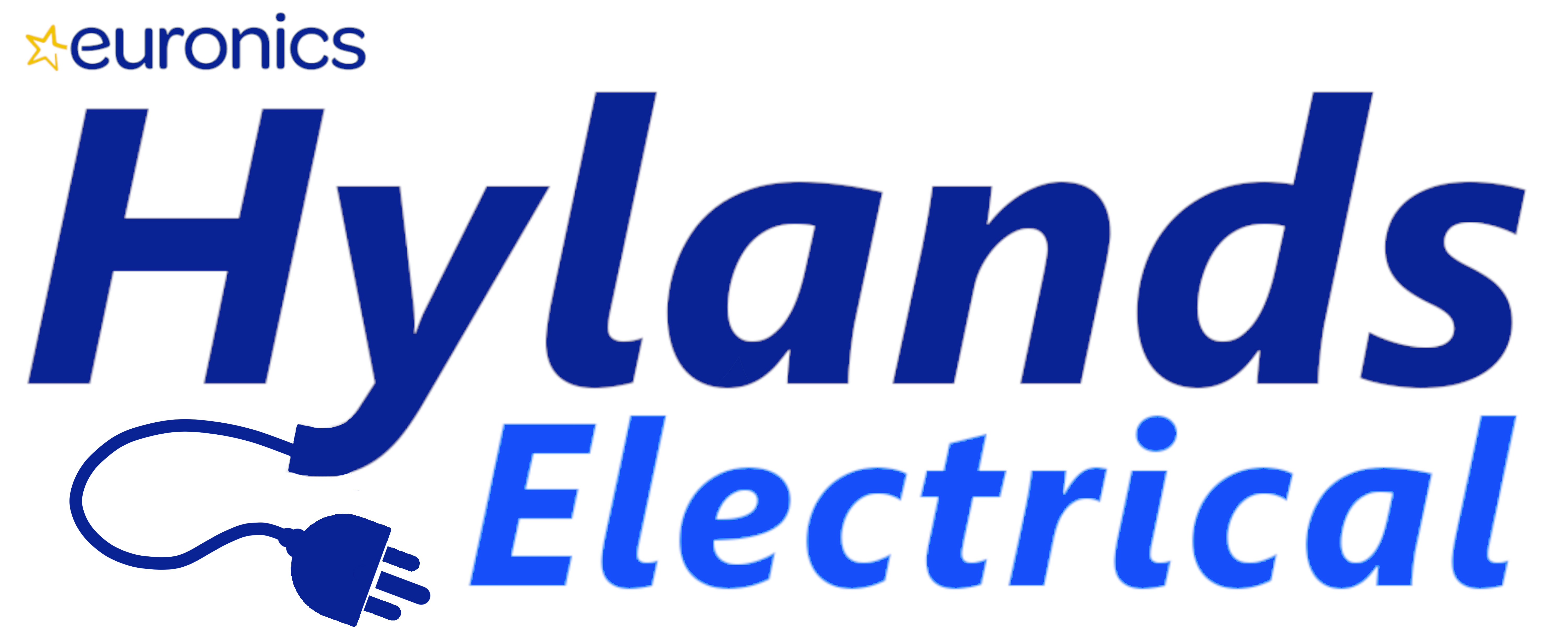Advances in eco friendly technology have already delivered huge improvements in the eco performance of the current generation of major domestic appliances.
These achievements in energy and water savings have prompted a need to revise the ratings on the familiar scale pictured below, along with other product features displayed on the energy labels.
Since autumn last year, manufacturers have already been putting a second new label in product boxes and Amdea has been helping retailers to understand the changes and explain them to their customers.
1) QR Code 2) Energy efficiency class of product 3) Energy efficiency scale A to G 4) Weighted energy consumption per 100 cycles (kWh) 5) Rated capacity for the ‘Eco 40-60’ program (kg) 6) Duration of the ‘Eco 40-60’ program 7) Weighted water consumption per cycle (litres) 8) Spin-drying efficiency class 9) Airborne acoustical noise emissions (db(A)) and noise emission class
What?
Five categories of cooling and wet appliances have been addressed in this first revision – fridges and freezers, wine coolers, washing machines, washer-dryers and dishwashers. To improve clarity for customers, the calculation methods have changed and the rescaled ratings deliberately leave space at the top of the rainbow scale to allow for future machines that may come along with higher performance levels.
When?
To prepare for the transition, manufacturers will already have been providing a new label in product boxes. In Great Britain, these new labels will increasingly feature a Union Jack, while in Northern Ireland, the EU flag will be retained.
Why?
Today, 90% of fridges and freezers sold are rated A+ or higher and 80% of washing machines already perform to A++ or A+++ standard. Most cooling and wet appliances are clustered tightly in the top bands, with many pluses, while the remaining ratings from B to G are practically empty. Further advances have run out of space to illustrate their savings.
How?
The solution has been to remove the pluses and rescale the bands to populate the lower ratings This change is planned to last at least a decade, meaning that initially A- or B-rated products will be rare. It will be worth pointing out to customers that, starting from such a high base, E- and F-rated fridge-freezers will still denote high-performance models.
From March 1, the most popular models of fridge-freezers will be E- and F-rated. Formerly known as A++ and A+, they are highly efficient, using 40% less energy than the average appliance in homes a decade ago and estimated to cost just £41 or less a year to run.
The latest designs also keep food fresher longer and make the appliances easier to maintain.
What else is new?
Although the pictograms on the labels are designed to be self-explanatory and largely remain the same, some testing methods and the way the values are reported have been revised to reflect growing consumer interest in protecting the environment.
With so many open-plan kitchens, all five appliances will now feature a noise rating from A to D.
Laundry appliances have a new ‘eco 40-60 program’ on which measurements are based. Energy consumption is measured per 100 cycles, instead of per annum. Duration of a full load is now stated, along with maximum load capacity.
Washer-dryer labels have two columns. On the left is the rating for the full washing and drying program, while on the right is just washing on ‘eco 40-60’.
Similarly, dishwasher measurements are based on the ‘eco’ program. They include new calculations for energy and water consumption, along with duration of the cycle.
Fridge-freezer labels feature new measurement methods for energy consumption and net volume that consider type of model, volume of compartments, plus additional new built-in technologies.
All the new labels also display a QR code in the top right-hand corner that will allow easy access to a database holding further product details.





